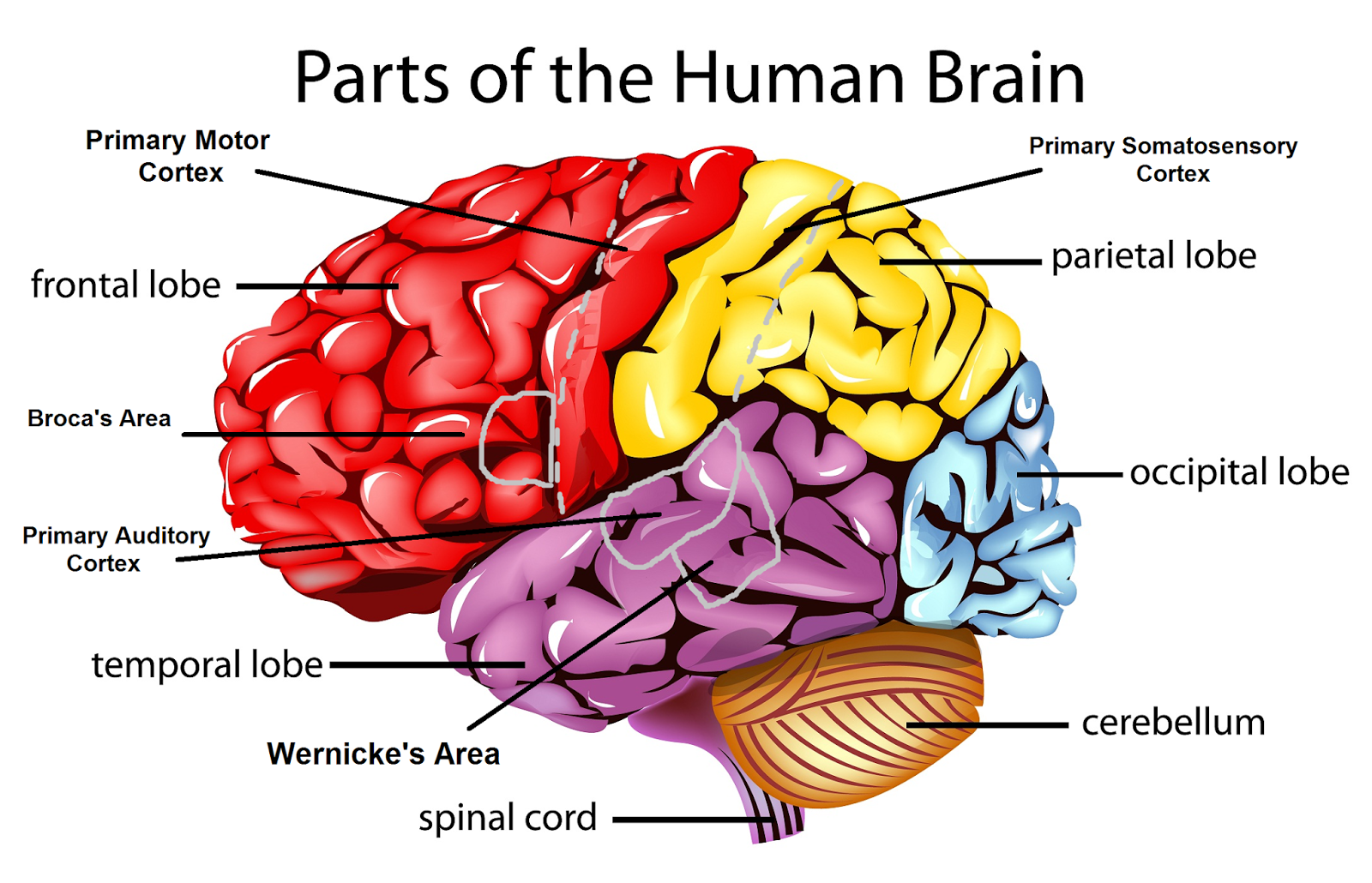Is There a Specific Location for Creativity in the Brain? Debunking Myths and Revealing Truths for Beginners

Mapping Creative thinking: Understanding the Neural Pathways of the Creative Mind
Innovation is a phenomenon that has fascinated experts, performers, and thinkers throughout past history. It is the capacity to generate brand new suggestions, deal with troubles in innovative ways, and generate original works of fine art. But what goes on inside the mind when we are being creative? How do our nerve organs paths contribute to this procedure? In this blog article, we will certainly check out the concept of applying ingenuity and delve in to the intriguing world of the creative thoughts.
The human human brain is a intricate system of billions of complementary cells contacted nerve cells. These nerve cells communicate with each other through electrical impulses and chemical signals, developing elaborate pathways understood as neural systems. It is within these systems that creativity takes design.

Neuroscientists have long been examining how different locations of the human brain contribute to artistic thinking. One location that has acquired considerable attention is the prefrontal peridium, which plays a vital duty in higher intellectual feature such as problem-solving, decision-making, and creative imagination. Studies have presented that harm to this region may significantly impair a individual's capacity to assume creatively.
One more vital gamer in creativity is the nonpayment method system (DMN), a collection of mind regions that ended up being energetic when our minds are at remainder or engaged in unplanned thought. The DMN has been presented to be included in creating tips, castle in the air, and creating links between seemingly irrelevant concepts – all important elements of artistic thinking.
Current advancements in neuroimaging procedures like functional magnetic vibration image resolution (fMRI) have permitted researchers to map out these neural pathways associated with imagination extra specifically. Through scanning individuals' human brains while they interact in different innovative jobs such as drawing or brainstorming, experts may recognize which locations are extra active throughout these activities.
One study administered by researchers at Stanford University striven to uncover how various types of creative thinking trigger distinct nerve organs systems. Participants were asked to accomplish tasks involving either creative imagination (e.g., drawing) or different thinking (e.g., happening up along with various remedies to a concern). The end result revealed that creative imagination primarily engaged the graphic and electric motor regions of the mind, while divergent thinking triggered regions linked with intellectual control and attention.
Remarkably, research study has likewise revealed that specific variables may influence the neural process of ingenuity. For example, studies have found that state of mind may affect imaginative thinking. Good emotional states like joy and delight have been shown to enrich imaginative problem-solving potentials, while adverse emotional states like misery or rage can prevent them. This suggests that the condition of our emotional well-being straight has an effect on how our minds interact in imaginative methods.
Furthermore, scientists have found out that particular people have what is understood as "enhanced imagination." These people show a much higher amount of different thinking and are more very likely to happen up along with initial concepts contrasted to others. Neuroimaging studies on these highly imaginative people have exposed structural and functional variations in their human brains contrasted to those with common or below-average innovation. These searchings for advise that there may be a genetic component at play in identifying one's innovative abilities.
Understanding the neural paths of creative thinking not simply offers valuable insights right into how our human brains function but also has sensible implications. Through gaining a much better understanding of how innovation unfolds in the brain, we may be able to create approaches to improve it even further. This know-how can benefit a vast variation of areas such as education, innovation, and treatment for individuals with imaginative obstructions.
In conclusion, mapping ingenuity entails unraveling the ornate nerve organs paths within our human brains that contribute to this exceptional sensation. Studying these paths can aid us know the rooting devices behind human creativity and lost illumination on why some people are a lot more inherently artistic than others. Through delving deeper in to this amazing topic, we may open new ways of nurturing and encouraging imagination in ourselves and others.
The Latest Info Found Here :
1. Dietrich A., & Kanso R.. (2010). A evaluation of EEG, ERP, and neuroimaging studies of creativity and insight. Emotional Bulletin, 136(5), 822–848.
2. Jung, R. E., & Vartanian, O. (2018). The Cambridge Handbook of the Neuroscience of Creativity. Cambridge University Press.
3. Takeuchi H., et al. (2010). Local gray issue amount of dopaminergic body partner with innovation: Proof from voxel-based morphometry; Human Brain Mapping, 31(3), 398-409.
4. Ueda Y., et al. (2019). Neural Correlates Underlying Mood Effects on Innovative Thinking: Evidence coming from an fMRI Research study; Frontiers in Human Neuroscience, 13, 1-12.
